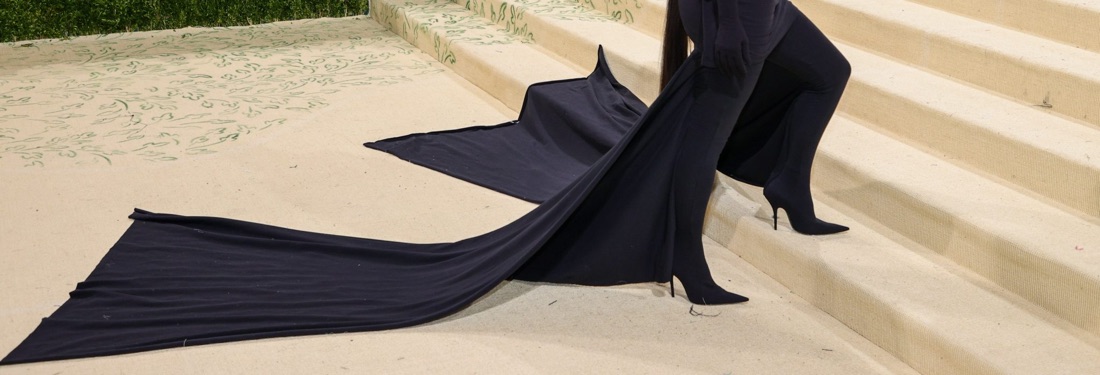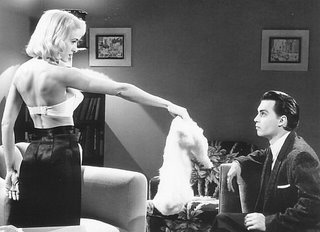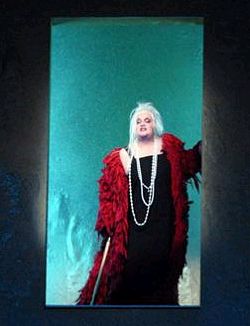

Wait, it gets better. Co-editor Barry Millington, who obviously has quite a bit of free time on his hands, speculates that the 1874 letter “adds weight to the theory that the composer exhibited the tendencies of a cross-dresser”. Yes, that’s right — Millington is suggesting that Wagner was ordering the gown for himself, not for Frau Cosima. (The article from the Journal is not available online, but the main points are summarized in The Guardian.) The wealth of girly technical detail in Wagner’s letters suggests that even if he didn’t intend to swan about in drag, he might have finished in the top three on Project Runway:
… a black satin costume that may be made up in various ways, so that it can be worn out of doors, with or without the cazavoika,* and in the house, even as a negligee, producing a combination of several articles capable of complementing one another
* As La Cieca is sure it is utterly superfluous to explain, a “cazavoika” is a type of polonaise, or decorative overskirt drawn up by invisibly placed inner tapes producing a ruched festoon bustle effect.
Well, as delicious as all this speculation may be, La Cieca remains dubious about Wagner’s putative transvestism. It appears that the linchpin of the argument here is that the obsessive diarist Cosima never bothered to note the delivery of the basqueless confection her husband ordered; in other words, he appropriated the finery for himself. Meh, says La Cieca; Wagner had lots of frilly things of his own and would hardly have had to resort to subterfuge. (“Oh, it’s not for me, of course — it just happens that my wife wears the same size I do…”)
No, La Cieca prefers to think of the Wizard of Bayreuth as the Jeffrey Sebelia of his day, though thankfully without the neck tattoos.












Comments